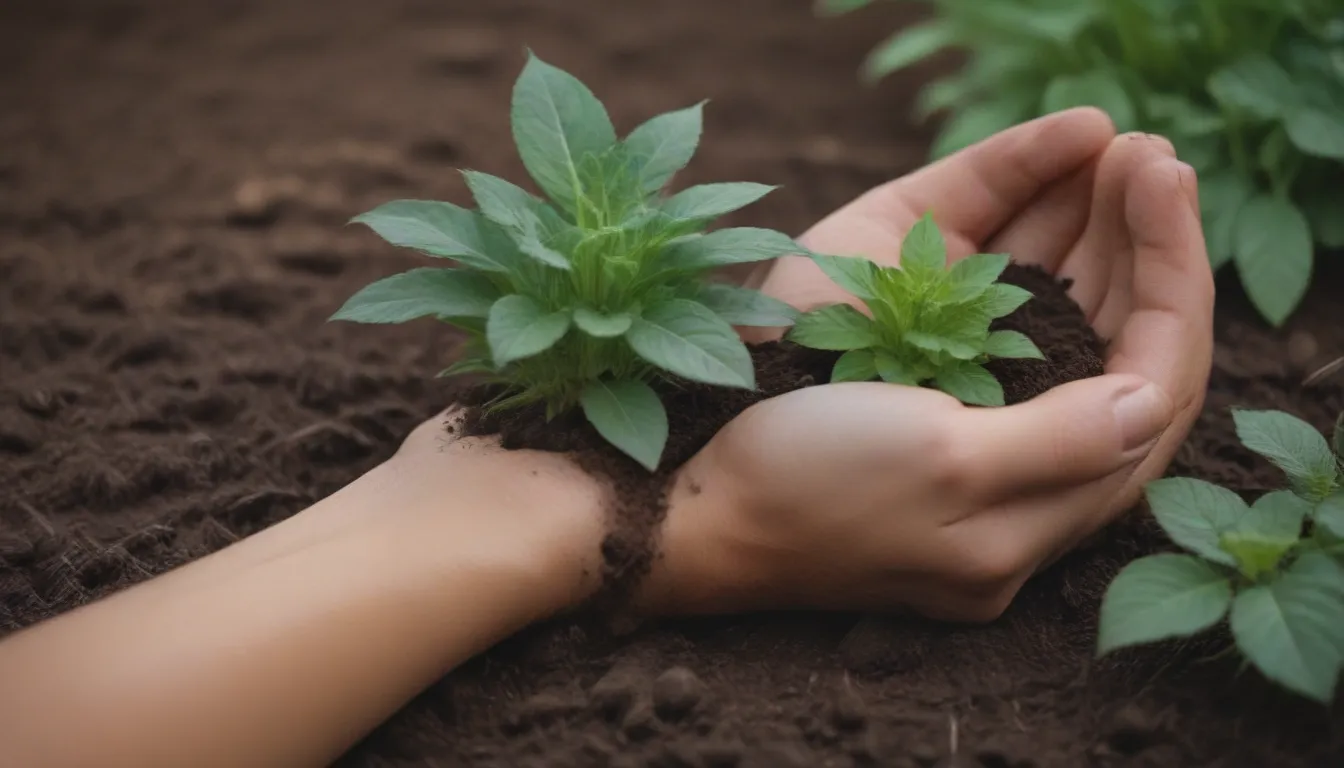The Ins and Outs of Soil pH: How to Ensure Optimal Plant Growth

Soil pH is one of those under-the-radar factors that can have a huge impact on the success of your garden. Whether you’re growing vegetables, ornamentals, or maintaining a beautiful lawn, understanding and managing soil pH is essential for healthy plant growth.
Why Soil pH Matters
The pH of the soil directly affects the availability of essential nutrients to plants. Most plants thrive in neutral to slightly acidic soils, with a pH range of 5.8 to 6.5. However, some plants, such as azaleas, rhododendrons, and blueberries, prefer more acidic soils, while others can tolerate slightly alkaline conditions.
The natural pH of soil can vary depending on geographic location and other factors, such as the type of rocks in the area or the accumulation of organic matter. Soil pH can also shift over time due to factors like excessive rainfall, organic matter breakdown, or the use of high-nitrogen fertilizers.
If the soil becomes too acidic (below a pH of 5.0), it can negatively impact plant growth. In such cases, it’s essential to take action and raise the soil pH to ensure optimal growing conditions for your plants.
How to Test Soil pH
Before you can adjust the pH of your soil, you need to know where it currently stands. The best way to do this is by conducting a soil pH test. You can either opt for a full-scale soil test through your local Extension Office or purchase a do-it-yourself pH test kit from a nursery or garden center.
For frequent testing, consider investing in a pH meter. Testing the soil in the fall gives you time to amend it before the next planting season. Remember, never alter the soil pH without conducting a soil test first, as incorrect adjustments can harm your plants.
Methods to Raise Soil pH
If your soil test reveals that the pH is too low for your desired plants, it’s time to raise the soil pH. Here are two common amendments you can use:
Limestone
- Garden lime or limestone is often used to make soils less acidic.
- Limestone is available in pulverized, granular, pelletized, and hydrated forms.
- The finer the particles, the faster the lime works.
- Amount and type of lime depend on current soil pH, target pH, and soil texture.
Dolomitic Lime
- Contains calcium and magnesium, making it a dual-purpose amendment.
- Available in pelletized form.
- Helps neutralize soil acidity.
Raising pH Before and After Planting
For a vegetable garden, amend the soil in the fall or winter before planting in the spring. Established plants, like blue hydrangeas, can be treated in the early spring, late spring, and fall. Avoid adding lime during dry summers, as it needs water to react effectively.
Factors Affecting Soil pH
- The type of rocks in the area can influence soil acidity or alkalinity.
- Heavy rainfall can leach alkaline elements from the soil, making it more acidic.
- Decaying organic matter can also contribute to soil acidity.
- Baking soda is not a recommended method of increasing soil pH due to its salt content.
Wrapping Up
Understanding and managing soil pH is essential for successful gardening. By testing the soil, choosing the right amendments, and timing your pH adjustments correctly, you can create optimal growing conditions for your plants.
Remember to consult resources like your local Extension Office or university extension programs for specific advice tailored to your region. Happy gardening!
References:
– Utah State University Extension. Solutions to Soil Problems II. High pH.
– Penn State Extension. Understanding Soil pH.
– Clemson University Cooperative Extension. Changing the pH of Your Soil.
– Michigan State University Extension. Should I Use Dolomitic or Calcitic Lime?





